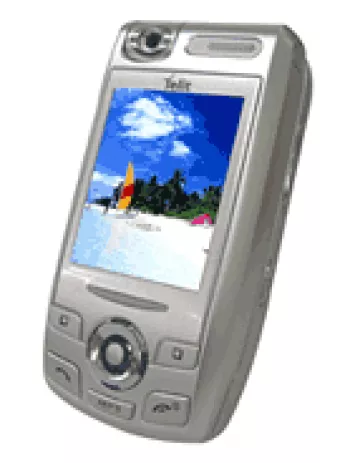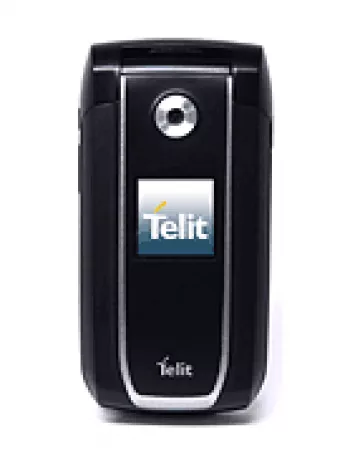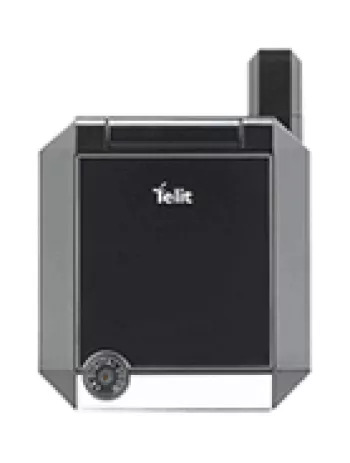
Overview of the Telit G83
The Telit G83 was introduced in the fourth quarter of 2003 and is recognized as a discontinued feature phone that offered essential mobile functionalities during its time. This device is a representation of the technology available in the early 2000s when mobile technology was beginning to rise in popularity.
Network Capabilities
The Telit G83 operated on GSM technology, supporting GSM 900, 1800, and 1900 bands. This enabled it to function effectively in various regions that supported these frequencies. The device featured GPRS Class 10, which allowed for basic data services, although it did not support EDGE technology, a more advanced form of data transfer at that time.
Design and Build
This device featured a compact design with dimensions of 108 x 45 x 20 mm and a weight of 90 grams, making it portable and comfortable to carry. It utilized a Mini-SIM slot and had a traditional button interface, which was standard for phones of that era.
Display Characteristics
The Telit G83 was equipped with a TFT display capable of displaying 65K colors. The resolution was 128 x 160 pixels, sufficient for basic image and text display needs at the time. This type of screen was typical for feature phones, offering simple graphical representation without the complexity of touch input.
Camera Specifications
In terms of photography, the Telit G83 came with a basic VGA camera. It was a single-camera setup with no video recording capability, consistent with the early stage of camera technology in mobile devices during the early 2000s. This allowed users to take simple photos without the advanced features seen in modern smartphones.
Memory and Storage
The Telit G83 did not support external memory cards, a limitation that meant users could only utilize the built-in storage for contacts and limited other data. Nevertheless, it included functionality for a phonebook and call records, which were essential features for users at the time.
Sound and Notifications
This phone did not include a loudspeaker, focusing instead on vibration and polyphonic ringtones for notifications. The absence of a 3.5mm jack indicated that it wasn’t optimized for music playback but rather basic alert sounds and call functionalities.
Connectivity Options
Connectivity features were quite limited; the Telit G83 did not include WLAN, Bluetooth, or positioning systems. It did, however, have an infrared port, which allowed for simple data transfers between devices. There was no radio or advanced USB connection features available.
Additional Features
The device supported basic communications such as SMS, EMS, MMS, and Email, enabling users to stay connected via text. It featured a WAP 2.0/xHTML browser, which provided very basic internet browsing capabilities. The Telit G83 also came with four pre-installed games and supported Java, allowing for simple applications and games to be used on the device.
Battery Performance
The phone had a removable Li-Ion 780 mAh battery. This type of battery was fairly standard for feature phones, offering decent battery life considering the low power-consumption requirements of such devices. It was easy to replace, allowing users to swap it out if necessary.
Conclusion
Overall, the Telit G83 embodied the characteristics of early 2000s feature phones with simplicity and basic functionality at its core. It provided essential mobile services without the complexity and capabilities of modern smartphones, catering to the needs of users in that technological era.
Key Features of Telit G83
- GSM Technology with 2G Bands: GSM 900 / 1800 / 1900
- GPRS Class 10 Support
- Compact Dimensions: 108 x 45 x 20 mm
- Lightweight: 90 g
- TFT Display with 65K Colors
- Display Resolution: 128 x 160 pixels
- VGA Main Camera
- Infrared Port for Connectivity
- Messaging Support: SMS, EMS, MMS, Email
- Browser: WAP 2.0/xHTML
- Java Support: Yes
- Removable Li-Ion 780 mAh Battery
Telit G83 Main Disadvantages
- Lacks EDGE support, limiting data transfer speeds.
- No expansion slot for additional memory, limiting storage capacity.
- VGA camera with no video recording capabilities.
- No front-facing selfie camera.
- Missing loudspeaker option.
- Lacks a 3.5mm headphone jack.
- No support for WLAN or Bluetooth connectivity.
- No GPS or radio capabilities.
- No USB port for data transfer.
- Small battery capacity with only 780 mAh, which may affect usage time.

View Also
More Phones
All Rights Reserved +13671 Phones © Mobilawy 2025

























